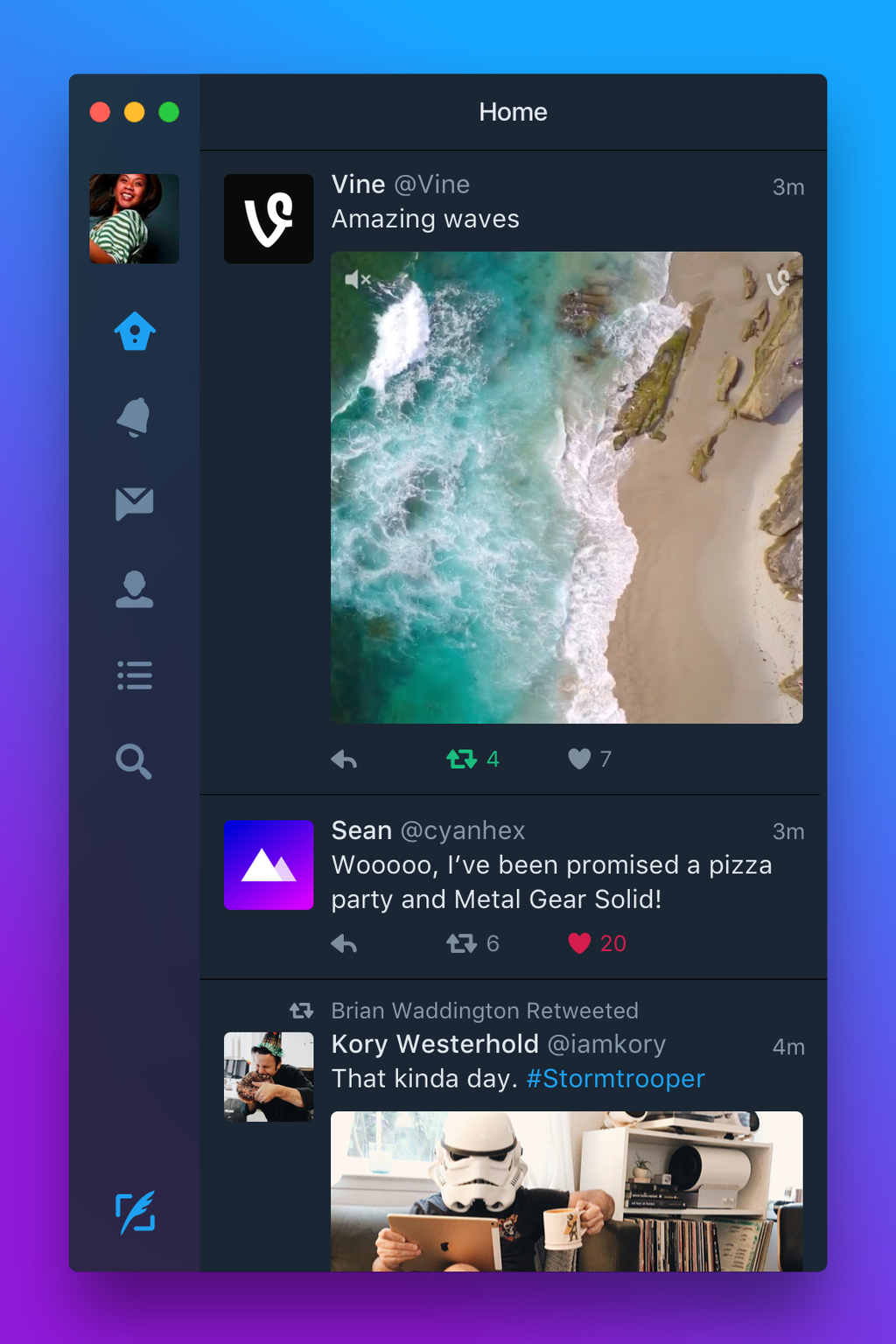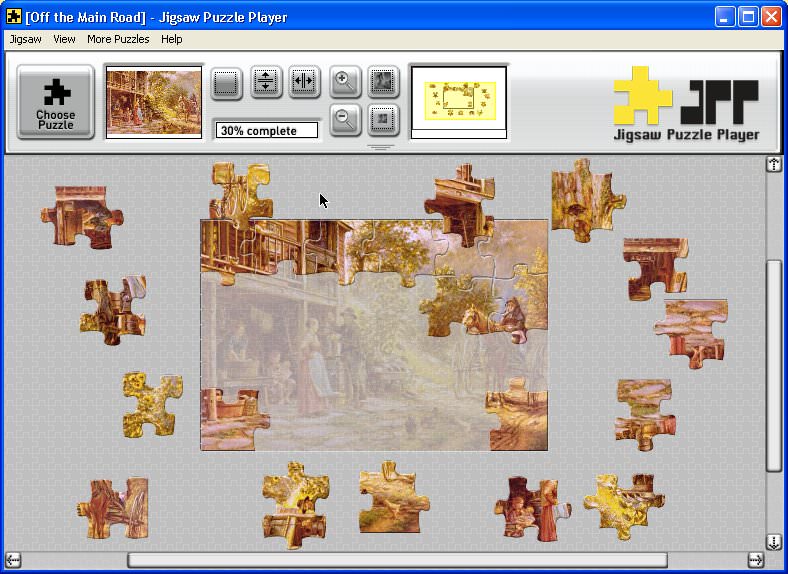OS X 10.9 Mavericks supersedes OS X 10.8 Mountain Lion and is the first version of OS X to be free. Although it doesn't introduce any revolutionary changes to OS X, it includes some nice features, especially for fans of iOS, Maps and iBooks. Apple's first major OS X release, known as Cheetah, was a radical change from the previous Mac OS 9, Apple's Classic Operating System.Announced at the 2000 Macworld Expo in San Francisco, Mac OS X.
Is your Mac up to date with the latest version of the Mac operating system? Is it using the version required by some product that you want to use with your Mac? Which versions are earlier (older) or later (newer, more recent)? To find out, learn which version is installed now.
If your macOS isn't up to date, you may be able to update to a later version.
Which macOS version is installed?
From the Apple menu in the corner of your screen, choose About This Mac. You should see the macOS name, such as macOS Big Sur, followed by its version number. If you need to know the build number as well, click the version number to see it.
Which macOS version is the latest?

These are all Mac operating systems, starting with the most recent. When a major new macOS is released, it gets a new name, such as macOS Big Sur. As updates that change the macOS version number become available, this article is updated to show the latest version of that macOS.
If your Mac is using an earlier version of any Mac operating system, you should install the latest Apple software updates, which can include important security updates and updates for the apps that are installed by macOS, such as Safari, Books, Messages, Mail, Music, Calendar, and Photos.
How To Get Old Versions Of Mac Os
| macOS | Latest version |
|---|---|
| macOS Big Sur | 11.2.3 |
| macOS Catalina | 10.15.7 |
| macOS Mojave | 10.14.6 |
| macOS High Sierra | 10.13.6 |
| macOS Sierra | 10.12.6 |
| OS X El Capitan | 10.11.6 |
| OS X Yosemite | 10.10.5 |
| OS X Mavericks | 10.9.5 |
| OS X Mountain Lion | 10.8.5 |
| OS X Lion | 10.7.5 |
| Mac OS X Snow Leopard | 10.6.8 |
| Mac OS X Leopard | 10.5.8 |
| Mac OS X Tiger | 10.4.11 |
| Mac OS X Panther | 10.3.9 |
| Mac OS X Jaguar | 10.2.8 |
| Mac OS X Puma | 10.1.5 |
| Mac OS X Cheetah | 10.0.4 |
HoRNDIS is now maintained by Mikhail Iakhiaev, and this page is in a state of transition – keep your eyes peeled for updates soon ...

HoRNDIS (pronounce: “horrendous”) is a driver for Mac OS X that allows you to use your Android phone's native USB tethering mode to get Internet access. It is known to work with Mac OS X versions 10.6.8 (Snow Leopard) through 10.14 (Mojave – see notes below), and has been tested on a wide variety of phones. Although you should be careful with all drivers that you install on your computer, HoRNDIS has been tested at least well enough for the author (and many others) to run full time on their own personal computers.
HoRNDIS is implemented as a kext, rather than as a user-space program that opens a TAP or TUN device; this means that it does not conflict with other TAP/TUN kexts that you might have installed (like OpenVPN, Tunnelblick, or Cisco VPN). The driver implements Microsoft's proprietary RNDIS protocol, which is the only protocol supported natively by Android devices; although Linux and Windows users have enjoyed native RNDIS drivers for years, Mac OS X supports only CDC Ethernet devices out of the box.1)
The chief advantage of HoRNDIS over other tethering solutions is that it uses the a first-class supported feature in the phone's firmware. Other solutions either take over the phone's Wi-Fi stack without the Android operating system's knowledge, or create an emulation IP stack in userspace on the phone; in many cases, the built-in USB tethering support can be more stable, more reliable, and faster.2)

Previous Versions Of Mac Os
This page is also available in Russian: HoRNDIS: драйвер USB-модема для Mac OS X. My thanks to Vlad Brown for his effort in translation!
